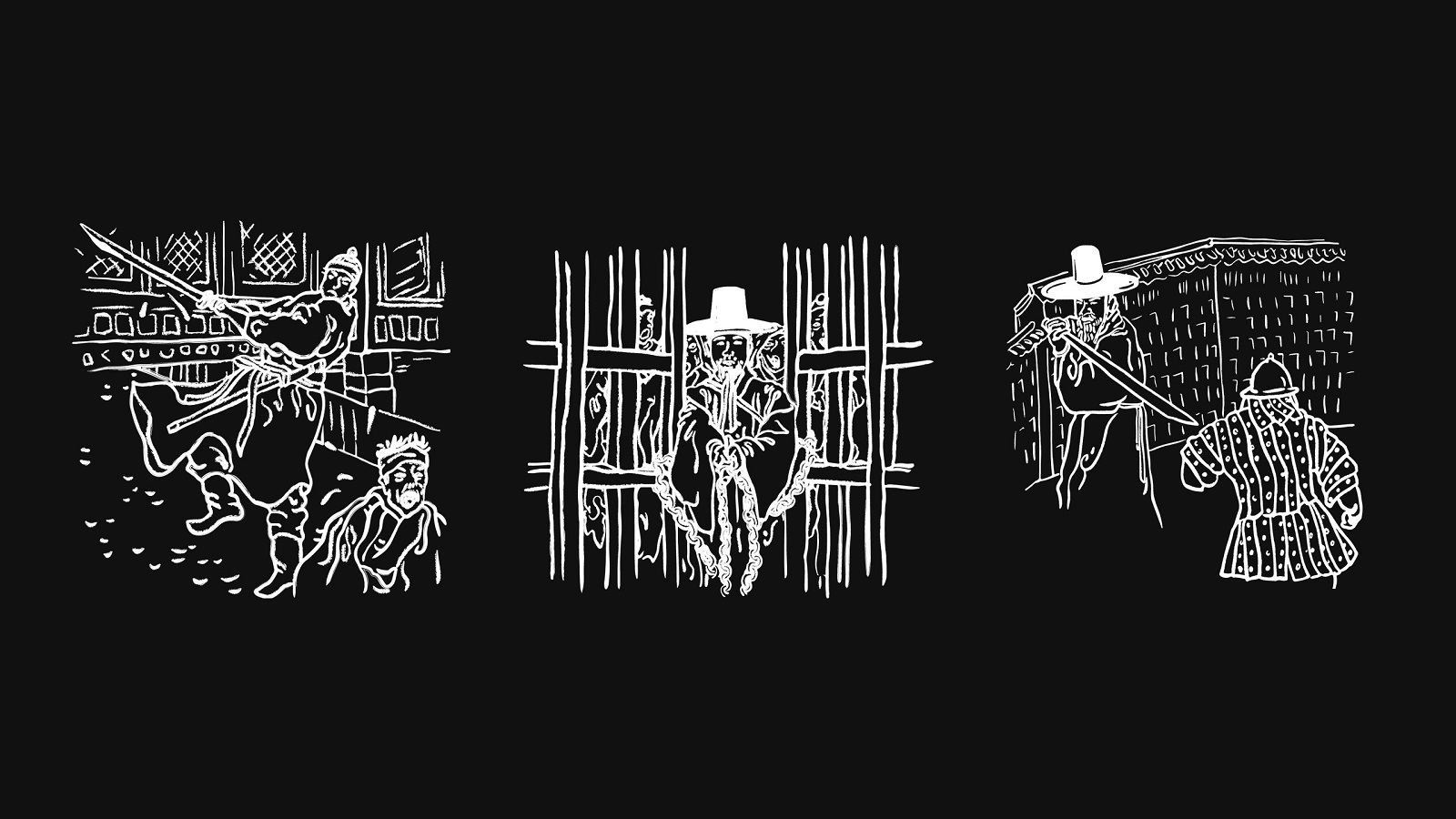People who lived during the Joseon Dynasty were exposed to various illnesses such as cholera, smallpox, or measles. One can even read these diseases in Joseon portraits which, during that era, featured only members of the elite, such as government officials and Kings. Unlike other portraits from other countries, which rarely showed imperfections of the face, these ones portrayed models with defects on their faces.
Symbols of icterus melas, generalized vitiligo, rhinophyma were showed, because “During the Joseon era, there was a rule that portraits should portray every detail of a model. Allowing their portraits to show almost everything in the most realistic and honest way, regardless of their social status,” Lee Sung-nack, a board member at the Kansong Art and Culture Foundation, said.
There are many portraits that feature members with visible smallpox marks, which is believed to be the most common infectious disease during those times. Giving the current pandemic that the world lives, the National Museum of Korea decided to run an epidemic-themed exhibition, “Fighting Epidemics in Joseon Dynasty,” where people were able to admire the portraits struck by the smallpox disease. Yet, are those really marks of the disease or drops of blood that stained the portraits after a massacre happened in Netflix Korea’s Hanyang?

Enter “The Massacre of Kingdom: Artifacts of the Undead,” a project that interactively speaks about the popular Netflix show, “Kingdom.” The South Korean apocalyptic thriller’s story revolves around Crown Prince Lee Chang who discovers a conspiracy which he needs to untangle but… in times of an ugly plague. The series features another kind of zombies which, unlike the typical ones who are active 24/7, operate depending on an external factor. But other than that, the Korean zombies also crave “brains.”
The series was acclaimed by audiences and critics and, drawing on its popularity, received an “upgrade.” Netflix Korea, in collaboration with Wieden+Kennedy Tokyo, and sketchedSPACE, opened an exhibition, where people were able to interact directly with the undead. Held at the Songwon Art Center, the exhibition was open to the public during 21 October – 8 November and brought to the audience the bloody nightmare that people in the Joseon era experienced.
The exhibition spoke about famine, political struggle, and bloodshed. The experience gave enthusiasts the feeling that the Kingdom set in the Joseon Dynasty had actually happened in history. Artifacts, written notes, and skulls used in the play were displayed but the pièces de résistance were, of course, the zombies. Their performance, supported by the actors who played in the series, was the highlight of the exhibition. Being a series so appreciated globally, Netflix thought of a treat that would delight foreign moviegoers too, so it launched a 360° VR experience, where they can deep dive to feel the horrors of the fictitious epidemic of those times.
The campaign is supported by a microsite, developed by Edward Kim, which worked as a portal giving the audience a chance to book a spot at this experience. But even if the exhibition is no longer available, the public is invited to answer a quiz on the site, thus finding out what status they would have in the Joseon dynasty. According to the score, we were a Prime Minister in Joseon.
Credits:
Client: Netflix Korea
Agency: Wieden+Kennedy Tokyo
Experiential Design: Luke Nuto, GLUESOCIETY
Production Studio: sketchedSPACE Seoul
Producer: Sake Jung
Design: Minjong Kim, ffigs
Development: Edward Kim
Platform: Handcrafted
